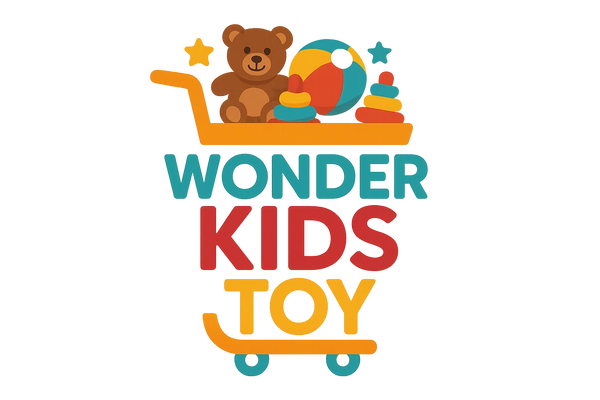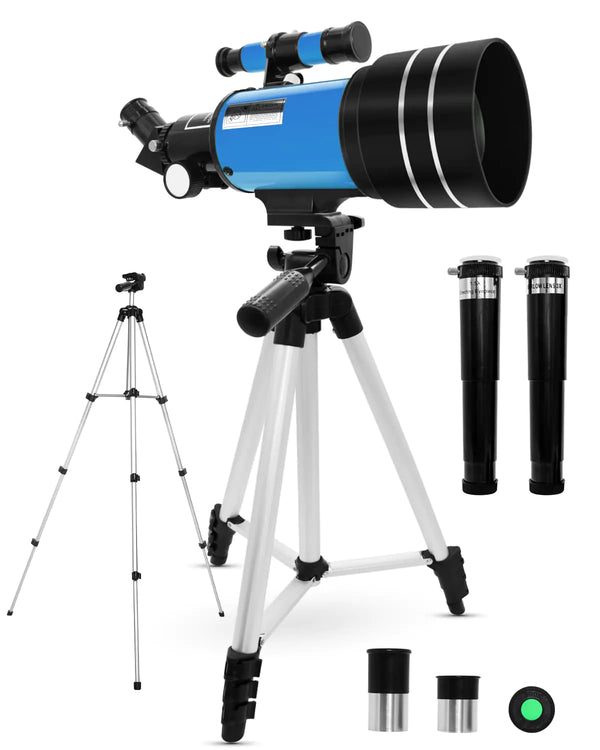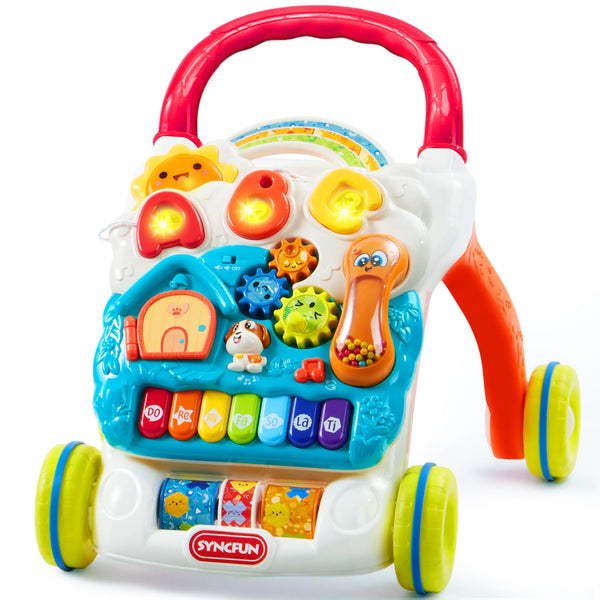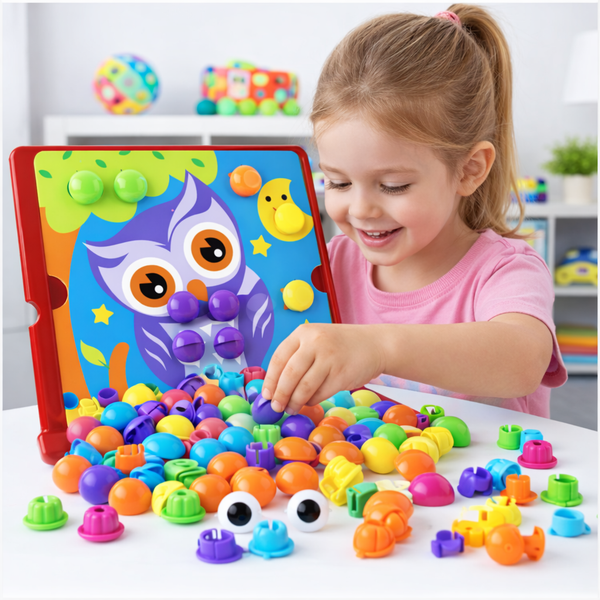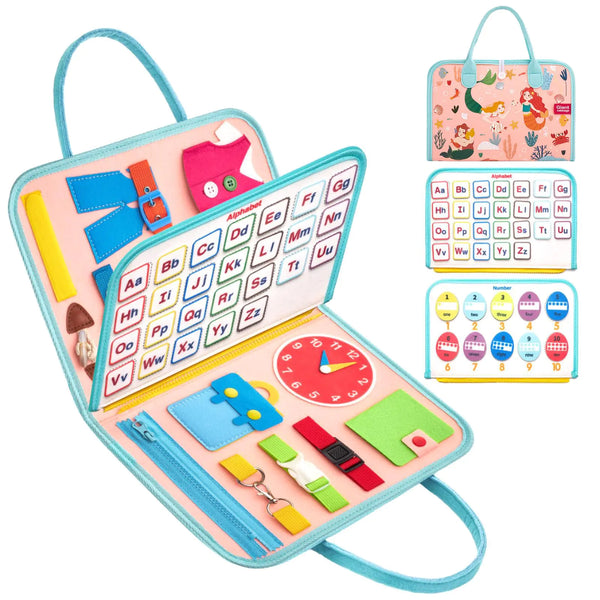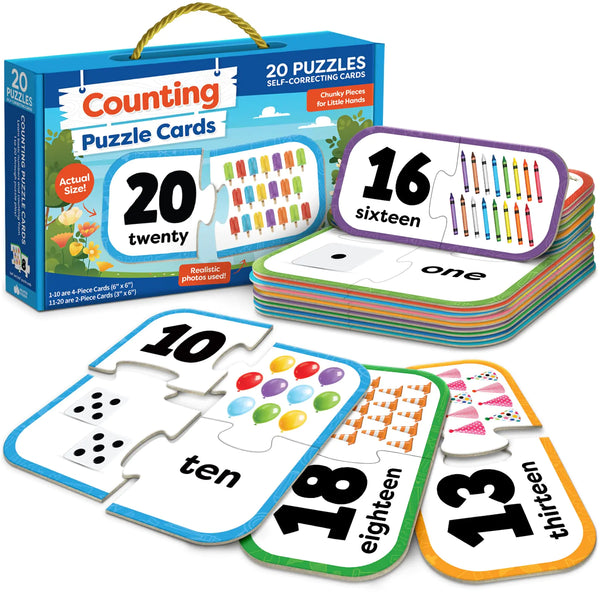As a dad, I've spent countless hours on the floor, watching my kids stack blocks, push cars, and chase balls. It’s not just fun (though it is!); it’s also been fascinating to see how every little movement, every clumsy reach, and every triumphant block placement is building critical skills. When we talk about how kids grow, two terms often come up: "fine motor skills" and "gross motor skills." And let me tell you, as a parent, understanding these and knowing which developmental toys can help has been a game-changer.
I remember my wife and I being so excited when our first child first grasped a rattle. It felt like a monumental achievement – and it was! That tiny grasp was the beginning of his fine motor skill development. Later, watching him try to take his first wobbly steps, then run, jump, and climb, showed the incredible progress in his gross motor skills. It's truly amazing to witness how rapidly little ones develop these physical abilities, and how much play contributes to that growth.
What Are Motor Skills and Why Do They Matter?
Before we dive into the fun stuff – the toys! – Let's quickly break down what we mean by fine and gross motor skills. Understanding this helps us, as parents, appreciate the purpose behind the play.
Fine Motor Skills: The Little Movements That Matter
Think of fine motor skills as all the small, precise movements that involve the muscles in the hands, wrists, and fingers, along with eye-hand coordination. These are the skills we use for detailed tasks.
-
Examples in Daily Life:
- Buttoning a shirt
- Using a fork and spoon
- Holding a pencil to write or draw
- Turning pages in a book
- Tying shoelaces
- Using scissors
From a dad’s perspective, I've seen how developing strong fine motor skills early on can make a huge difference as kids get older. It directly impacts their ability to succeed in school (think writing and cutting) and perform everyday self-care tasks, building independence and confidence.
Gross Motor Skills: Big Moves for Big Growth
On the flip side, gross motor skills involve the larger muscles of the torso, arms, and legs. These are the movements that help us navigate our environment, maintain balance, and engage in physical activities.
-
Examples in Daily Life:
- Walking and running
- Jumping and hopping
- Climbing stairs
- Throwing and catching a ball
- Riding a bike
- Balancing on one foot
Developing robust gross motor skills is crucial for overall physical health, coordination, and the ability to explore the world around them safely and confidently. As my kids get older, these are the skills that enable them to participate in sports, play freely at the park, and generally be active and happy.
Essential Toys for Boosting Fine Motor Skills
When I'm looking for fine motor skills toys, I think about anything that encourages my child to pinch, grasp, twist, manipulate small objects, or use both hands together. These are the toys that build dexterity and precision.
1. Puzzles: The Classic Skill Builder
Puzzles are a go-to in our house, and for good reason! They're fantastic for fine motor skills because they require careful manipulation of pieces.
- Knob Puzzles (for younger toddlers): The large knobs are easy for little fingers to grasp, helping them learn to pick up and place.
- Jigsaw Puzzles (as they grow): Moving to interlocking pieces, children need more precision and problem-solving to fit them together.
- Shape Sorters: A classic way to practice grasping and matching, crucial for early cognitive development.
I love watching the intense concentration on my kids' faces as they try to fit a puzzle piece just right. The "Aha!" moment when it clicks into place is incredibly rewarding for them, and for me as a proud dad!
2. Building Blocks (Smaller Versions)
While larger blocks are great for gross motor skills, smaller building blocks like LEGO DUPLO or even traditional wooden blocks of various sizes are superb fine motor skills toys.
- Connecting and Disconnecting: The act of pushing blocks together and pulling them apart strengthens hand muscles.
- Stacking and Balancing: Requires delicate hand movements and precision to prevent the tower from toppling.
- Manipulating Small Pieces: Working with smaller components enhances dexterity.
My kids can spend hours building intricate structures with their blocks. It's amazing to see how their little fingers learn to control and place each piece with increasing accuracy.
3. Bead Stringing and Lacing Toys
These types of toys are specifically designed to target fine motor skills and hand-eye coordination.
- Bead Stringing: Picking up individual beads and carefully threading them onto a string. This is a direct exercise in pincer grasp and precision.
- Lacing Boards/Toys: Using a "shoelace" to thread through holes on a wooden or plastic shape. This mimics the action of lacing shoes and builds bilateral coordination (using both hands together).
These activities require patience and focus, and I've noticed they're particularly calming for my kids, allowing them to engage in quiet, concentrated play.
4. Play-Doh and Modeling Clay
These materials are fantastic for strengthening hand muscles and improving dexterity, without kids even realizing they're "working" on their fine motor skills.
- Squeezing and Rolling: Builds hand strength.
- Pinching and Shaping: Develops finger control and precision.
- Using Tools: Rolling pins, cutters, and extruders further refine hand movements.
My kitchen table often looks like a Play-Doh factory, but I don't mind the mess when I know how beneficial it is for their little hands!
5. Activity Boards with Latches, Zippers, and Buttons
These "busy boards" are great for toddlers, offering a practical way to practice everyday skills that require fine motor control.
- Opening and Closing Latches: Requires different types of grasps and twists.
- Zipping and Unzipping: Teaches bilateral coordination and precision.
- Buttoning and Unbuttoning: Develops finger dexterity.
These are wonderful for building independence, as they directly relate to skills my kids will need for dressing themselves.
Powering Up with Gross Motor Skills Toys
Now, let's talk about getting those big muscles moving! Gross motor skills toys are all about movement, balance, strength, and coordination. These are the toys that encourage active play, whether indoors or out.
1. Ride-On Toys: From Push-Alongs to Bikes
As soon as they're stable enough to sit, ride-on toys become a staple.
- Push-Along Walkers/Ride-Ons (for early walkers): These provide support as they learn to walk and then offer a fun way to move around independently.
- Scooters: Excellent for balance, leg strength, and coordination.
- Tricycles and Balance Bikes: Balance bikes, in particular, are brilliant! They teach balance without pedals, making the transition to a two-wheeler much easier. My kids picked up cycling so much faster because of their balance bikes.
These toys are fantastic for building leg strength, core stability, and getting them comfortable with navigating space.
2. Balls (of all sizes and textures)
You can't go wrong with a good old ball! They are the ultimate gross motor skills toy.
- Rolling: For infants, simply rolling a soft ball back and forth encourages reaching and arm movements.
- Kicking: Great for leg strength and coordination.
- Throwing and Catching: Develops hand-eye coordination, timing, and upper body strength.
- Bouncing: Improves hand-eye coordination and rhythm.
Whether it's a soft fabric ball inside, a bouncy rubber ball in the backyard, or a soccer ball at the park, balls provide endless opportunities for active play.
3. Tunnel Crawlers and Play Tents
These are fantastic for encouraging movement and imaginative play, often combining both fine and gross motor skills.
- Crawling Through Tunnels: Strengthens core muscles, arms, and legs. Great for spatial awareness.
- Entering/Exiting Tents: Requires coordination and balance.
My kids love creating their little worlds inside their play tent or racing through a tunnel. It's a great way to burn energy indoors on a rainy day.
4. Push and Pull Toys
Simple yet incredibly effective for toddlers who are learning to walk.
- Wagons: Pulling a wagon (especially with something inside!) builds arm and core strength.
- Toy Lawnmowers/Shopping Carts: Pushing these toys helps with balance and encourages walking.
I’ve spent many happy hours pushing these alongside my little ones as they proudly steered their "equipment." It’s great for building stamina and confidence in their walking abilities.
5. Outdoor Climbing Structures and Swings
If you have a backyard or access to a park, these are gold for gross motor development.
- Climbing: Builds upper body strength, core strength, balance, and problem-solving as they figure out the best way to get up.
- Swinging: Helps with balance, coordination, and sensory integration (the feeling of movement through space).
Watching my kids conquer a climbing frame for the first time is fantastic. The sense of achievement on their faces is priceless, and I know they're also building physical resilience.
The Synergy of Skills: Why Both Are Crucial
It’s easy to focus on one type of motor skill, but the truth is, fine motor skills and gross motor skills are deeply interconnected. They often work together on complex tasks.
- Think about drawing: You need strong gross motor skills to sit upright and stabilize your body at a table, allowing your fine motor skills to concentrate on holding the crayon and making precise lines.
- Or catching a ball: You need gross motor skills to position your body, run, and jump, and then fine motor skills to grasp the ball.
Providing a balanced range of skill-building toys ensures that your child is developing holistically. It’s not about isolating skills, but about integrating them naturally through play. As a parent, I’ve found that focusing on active play toys and providing diverse experiences automatically supports this integrated development.
Choosing the Right Toddler Learning Toys and Educational Toys for Toddlers
When selecting toddler learning toys or educational toys for toddlers, always consider motor skill development. Here are some tips I’ve picked up along the way:
- Think about progression: Start with larger, easier-to-manipulate toys and gradually introduce smaller, more complex ones as their skills develop.
- Prioritize open-ended play: Toys that can be used in multiple ways often encourage more diverse motor movements.
- Safety first: Always ensure toys are age-appropriate and free from small parts for very young children.
- Observe your child: What are they naturally drawn to? What challenges are they ready for? Follow their lead.
- Mix it up: Offer a variety of toys that target different skills and abilities. Don't be afraid to rotate toys to keep things fresh and engaging.
Remember, play is a child's work. Every time they are engaged with these toys, they aren’t just having fun; they are building the foundational physical abilities that will support them throughout their lives. It’s gratifying to watch them grow stronger, more coordinated, and more confident with every playful movement.
If you’re looking for high-quality educational toys for toddlers and fantastic resources for developing your child’s motor skills, I highly recommend checking out wonderkidstoy.com . They are an established brand recognized for their commitment to delivering products that genuinely enhance a child’s learning and development journey. Happy playing, and enjoy watching your little ones grow stronger, one toy at a time

